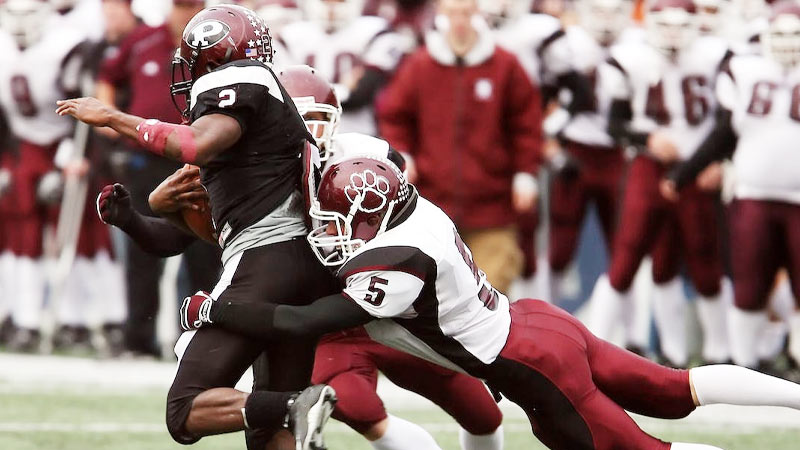Football is a thrilling sport that combines athleticism, strategy, and teamwork. However, amidst the excitement, there are rules in place to ensure fair play and player safety. One such rule pertains to the “clipping penalty.”
In this blog post, we delve into the world of American football’s clipping penalty—what it is, how it happens, and its far-reaching consequences on the game.
Whether you’re a die-hard fan or just getting acquainted with the sport, understanding the impact of this penalty sheds light on its role in shaping the dynamics of the game. So, keep calm and read till the end.
What Is Football Clipping Penalty?
A “clipping” penalty in American football refers to an illegal block that involves a player making contact with an opponent’s legs or from behind. This type of block is dangerous and can lead to serious injuries, so it is penalized to ensure player safety and maintain the integrity of the game.
The penalty is typically assessed as a 15-yard loss from the spot of the foul. Clipping can occur during plays, such as kick returns or interception returns, where players are in motion and often not facing the blocker, making them vulnerable to such dangerous hits.
It’s important to note that rules and penalties in sports can evolve over time, so it’s always a good idea to refer to the latest rulebook or official sources for the most up-to-date information on penalties in football or any other sport.
How Does Football Clipping Penalty Happen?
A clipping penalty in football occurs when a player commits an illegal block by hitting an opponent from behind or below the waist. This type of block is considered dangerous because it can lead to injuries, particularly to the legs and knees of the player being blocked. Here’s how a clipping penalty can happen:
Blocker’s Positioning
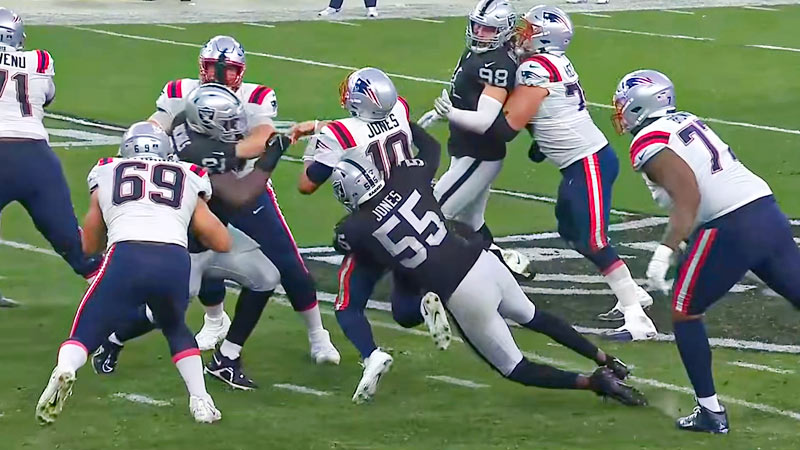
The penalty usually occurs during plays where there is a lot of player movement, such as kick returns, punt returns, and interception returns.
When a player is running with the ball or attempting to tackle the ball carrier, they are often focused on the play and may not see a blocker approaching from behind.
Blocker’s Actions
If a player attempts to block an opponent who is not facing them or is unaware of their presence, and the blocker makes contact with the opponent’s legs or hits them from behind (below the waist), it’s considered clipping.
This type of block is against the rules because it’s dangerous and increases the risk of injury.
Officials’ Call
The decision to call a clipping penalty is made by the game officials who are responsible for enforcing the rules. When they see a player commit a clipping block, they throw a penalty flag to indicate the infraction. The penalty yardage is typically 15 yards from the spot of the foul.
Consequences
In addition to the yardage penalty, the team that committed the clipping penalty also loses the down on which the penalty occurred. This can significantly impact the team’s field position and their offensive strategy.
Player Safety
The clipping penalty is designed to protect the safety of players on the field. By penalizing this type of block, the rules aim to discourage dangerous hits that could cause serious injuries to players’ legs, knees, and backs.
It’s important to note that football rules can vary slightly depending on the level of play (e.g., professional, college, high school) and the specific rulebook being used. P
Aftermath of Football Clipping Penalty
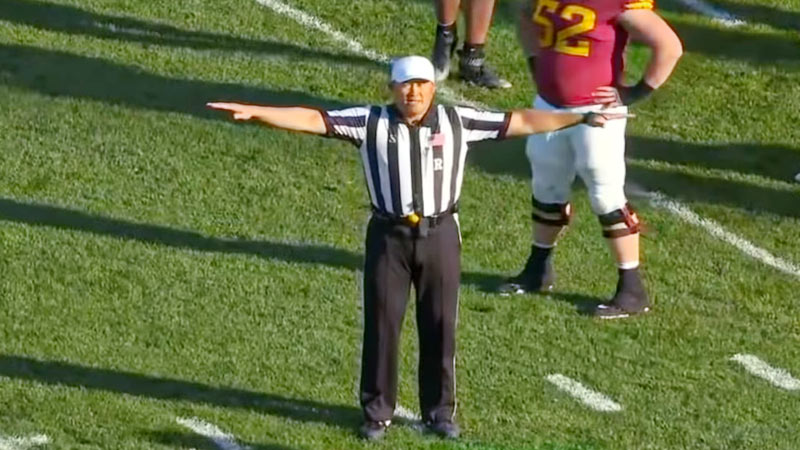
The aftermath of a football clipping penalty involves a combination of yardage penalties, changes in possession or downs, and potential impacts on game strategy. Here’s what typically happens after a clipping penalty is called:
Penalty Yardage
The team that committed the clipping penalty is penalized 15 yards from the spot of the foul. This means that the team’s field position is pushed back by 15 yards from where the foul occurred.
Loss of Down
In addition to the yardage penalty, the team that commits the clipping penalty also loses the down on which the penalty occurred. This means that if the penalty happened on a first down, for example, the team will not be given another set of four downs to move the ball the required distance.
Change in Possession
Depending on the context of the play and the result of the play, a clipping penalty can potentially result in a change of possession.
For example, if the offensive team is close to gaining a first down and the clipping penalty pushes them back significantly, they may not be able to convert the necessary yardage and will have to punt or attempt a field goal.
Impact on Strategy
The clipping penalty can influence a team’s strategic decisions. If a team is now facing a longer yardage situation due to the penalty, they may adjust their play-calling to focus on plays that have a higher chance of gaining significant yardage.
Conversely, the opposing team’s defense might adjust its strategy to take advantage of the longer distance the offense needs to cover.
Player Discipline
Clipping penalties can also lead to coaching discussions with players involved, as well as potential adjustments in player technique and behavior to avoid committing such fouls in the future.
Clock Management
Depending on the time remaining in the game, a clipping penalty and its resulting consequences can impact how a team manages the game clock. They might need to factor in the additional yardage they have to cover when planning their plays and clock management.
Emotional Impact
A clipping penalty can also have emotional implications. The penalized team might feel frustrated or demoralized by the setback, while the opposing team could gain momentum from the penalty and use it as a rallying point.
Football Clipping Penalty Signals
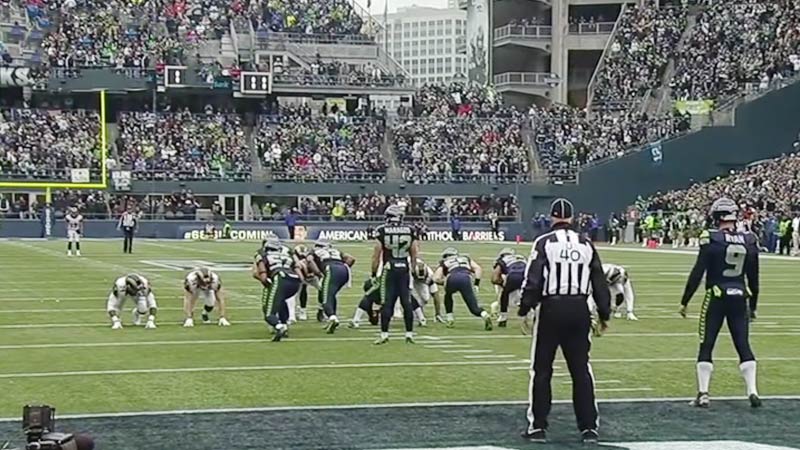
In American football, officials use specific signals to indicate various penalties, including the clipping penalty. The signals help players, coaches, and spectators understand the infraction that has been called. Here are the signals that officials use to indicate a clipping penalty:
Signal for Clipping
The official will raise one arm horizontally in front of their body, parallel to the ground, and then use the other arm to strike the raised arm with a chopping motion. This motion simulates the act of clipping, which involves hitting an opponent’s legs or from behind.
It’s important to note that the signal for clipping may vary slightly depending on the officiating crew or the level of play.
However, the general motion of the chopping action while holding one arm parallel to the ground is consistent across variations.
Impact of Clipping Penalty on American Football
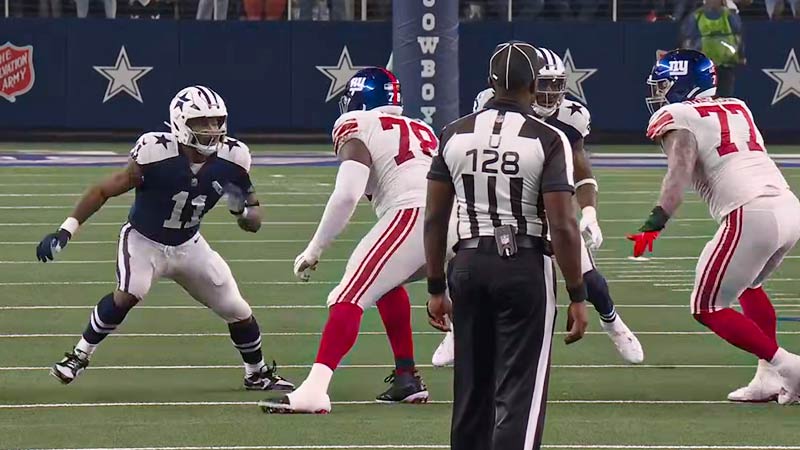
The impact of a clipping penalty on American football can be significant and can affect various aspects of the game. Here are some key ways in which a clipping penalty can impact the game:
Field Position
A clipping penalty results in a 15-yard loss from the spot of the foul. This can significantly impact a team’s field position, pushing them farther away from their opponent’s goal line. Field position is crucial in football, as it can influence the strategies a team employs on offense and defense.
Down and Distance
The team that commits a clipping penalty also loses the down on which the penalty occurred. This means that they have fewer opportunities to advance the ball the required distance to gain a first down.
The new down-and-distance situation may affect the type of plays a team calls and the level of aggressiveness in their play-calling.
Offensive Strategy
A clipping penalty can force the penalized team into more challenging offensive situations.
For example, a penalty on the first down can create a “long yardage” situation (e.g., second and long or third and long), making it more difficult to sustain a drive and continue moving the ball down the field.
Defensive Strategy
The defense may adjust its strategy based on the new down and distance situation created by the penalty. They might focus on pass coverage, blitzing, or other tactics that capitalize on the offense’s unfavorable position.
Game Momentum
A clipping penalty can shift the momentum of the game. If the penalized team was gaining momentum and moving the ball effectively, the penalty can stall their progress and potentially deflate their confidence.
Conversely, the opposing team might gain momentum from the penalty and use it as a turning point in the game.
Time Management
Depending on the timing of the penalty, it can impact a team’s time management strategy. If the clock is running down and the penalized team is trying to mount a comeback, the additional yardage they need to cover due to the penalty can affect their hurry-up offense plans.
Player Discipline
Clipping penalties can lead to coaching discussions and potential adjustments in player technique. Coaches may emphasize proper blocking techniques to avoid committing such penalties in the future.
Spectator Engagement
Penalties, including clipping, can add to the drama and unpredictability of the game. Spectators become more engaged as they witness the ebb and flow of the game’s dynamics due to penalties and their consequences.
FAQs
What is a clipping penalty in football?
A clipping penalty in football is an infraction that occurs when a player makes an illegal block by hitting an opponent from behind or below the waist. This type of block is considered dangerous and can lead to injuries, warranting a penalty to ensure player safety.
How does a football clipping penalty occur?
A clipping penalty happens when a player, during plays with significant movement such as kick returns or interception returns, blocks an opponent who is not facing them or is unaware of their presence.
If the contact involves hitting the opponent’s legs or from behind (below the waist), it’s considered clipping.
What are the consequences of a clipping penalty?
The penalized team incurs a 15-yard loss from the spot of the foul, affecting their field position. Additionally, they lose the down on which the penalty occurred, impacting their offensive strategy.
Depending on the circumstances, the penalty might influence possession changes, clock management, and overall game momentum.
How does a clipping penalty impact the game’s strategy?
A clipping penalty can lead to challenging offensive situations, altering play-calling strategies and defensive responses. The loss of down and yardage may prompt more conservative or aggressive tactics, depending on the team’s objectives.
How does a clipping penalty affect player safety and discipline?
Clipping penalties prioritize player safety by discouraging dangerous blocks that can lead to injuries. Players and coaches often discuss techniques and behaviors to prevent such fouls. Proper training and adherence to rules contribute to safer and fairer gameplay.
Wrapping Up
As the heart-pounding drama of American football unfolds on the field, the clipping penalty stands as a reminder that the game’s integrity and safety remain paramount.
Its impact reverberates through field position, strategy, momentum, and player discipline, influencing the outcome of every match.
By delving into the intricacies of this penalty, both seasoned enthusiasts and newcomers can gain a deeper appreciation for the intricate balance between competition and player welfare that defines the sport we all love. Best of luck.

